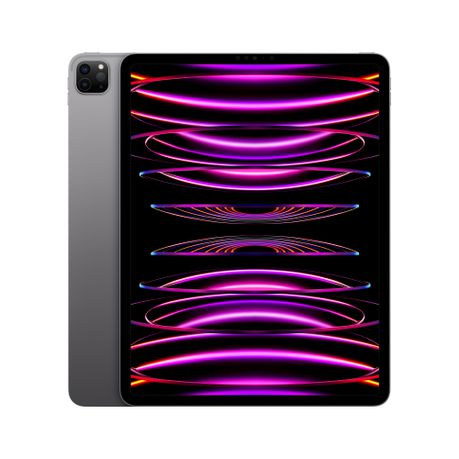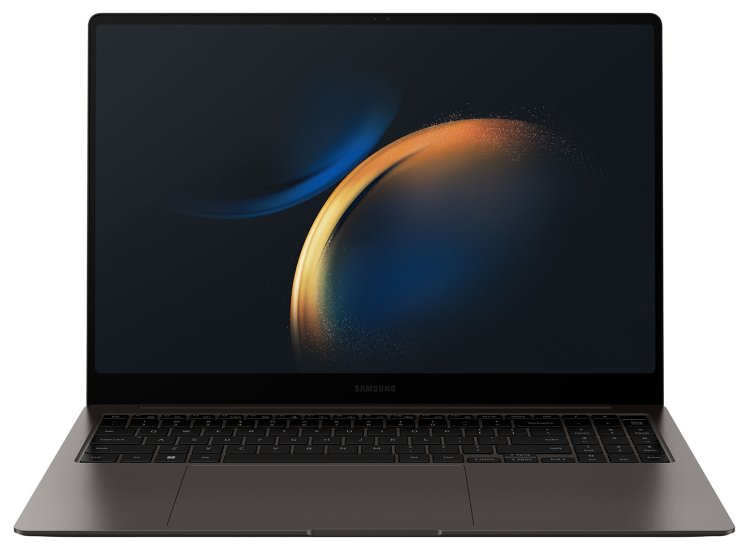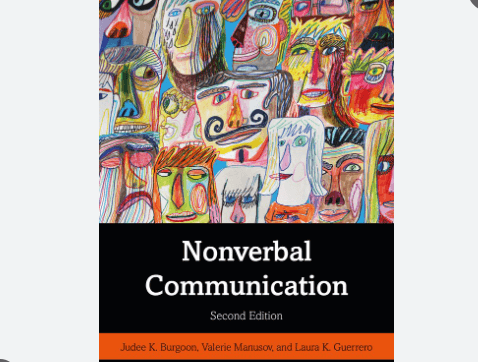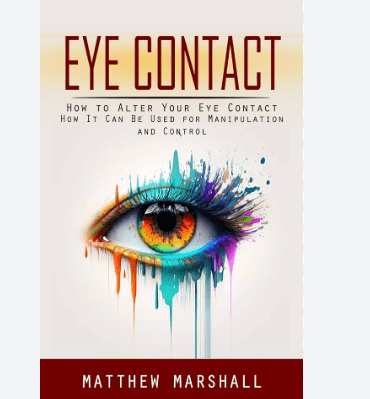Rational vs Intuitive Decision-Making Styles

- File photo | Credit ForbesOpens in new window
- Every day, we face a barrage of choices, big and small. From mundane matters like breakfast cereal to life-altering career shifts, navigating these decisions can feel like an internal tug-of-war. On one side, logic and analysis urge us to gather information and weigh pros and cons carefully. On the other, a gut feeling or hunch whispers a seemingly instant answer. These opposing forces represent the two main decision-making styles: rational and intuitive. While both have their merits, understanding the distinction between them can profoundly impact the quality and efficiency of our decision-making processes.
Head vs. Heart: Defining Rational and Intuitive Decision-Making Styles
Rational decision-making is a systematic and logical approach where individuals carefully weigh available information, analyze alternatives, and evaluate the consequences before making a choice.
This approach prioritizes logic and reason. It relies on facts, data, and analytical reasoning to arrive at the most optimal solution. The rational decision-maker meticulously gathers data, analyzes options, and weighs potential consequences before reaching a conclusion.
Imagine a complex financial decision. A rational approach might involve researching investment options, calculating returns, and consulting with a financial advisor. In rational decision-making, emotions are often set aside to ensure objectivity, and decisions are based solely on a rational evaluation of the evidence at hand.
On the other hand, intuitive decision-making is characterized by a more spontaneous and instinctual approach. Instead of relying solely on analytical reasoning, individuals make decisions based on their gut feelings, hunches, or subconscious insights.
Intuition, often referred to as “gut feeling”, draws on past experiences, tacit knowledge, and pattern recognition to arrive at quick and often subconscious judgments. It involves making choices based on immediate impressions, past experiences, and a sense of what feels “right.”
Think about choosing a new restaurant. You might rely on intuition if you're drawn to the inviting atmosphere or a familiar cuisine, even without extensive research on reviews or menus. Unlike rational decision-making, intuition involves a more holistic understanding of the situation, incorporating emotional cues and implicit knowledge into the decision-making process.
Key Differences
Information Processing:
- Rational decision-making involves a deliberate and systematic analysis of available information, often using quantitative methods and logical frameworks.
- Intuitive decision-making relies on rapid pattern recognition and subconscious processing, bypassing conscious deliberation and analysis.
Time and Effort:
- Rational decision-making typically requires more time and effort due to the meticulous analysis of data and consideration of multiple alternatives.
- Intuitive decision-making tends to be quicker and requires less conscious effort, as decisions are made based on immediate insights or gut feelings.
Certainty vs. Uncertainty:
- Rational decision-making seeks to minimize uncertainty by carefully assessing risks, probabilities, and potential outcomes.
- Intuitive decision-making embraces uncertainty, often thriving in situations where information is incomplete or ambiguous, as it relies on implicit knowledge and intuition to fill in the gaps.
Emotional Involvement:
- Rational decision-making aims to minimize the influence of emotions, prioritizing logical reasoning and objective analysis.
- Intuitive decision-making acknowledges the role of emotions, recognizing that gut feelings and intuition are often influenced by subconscious emotional cues.
Context and Experience:
- Rational decision-making is highly dependent on explicit information and structured methodologies, making it well-suited for complex problems with clear data.
- Intuitive decision-making draws heavily on tacit knowledge and past experiences, making it particularly effective in situations where explicit data is scarce or ambiguous.
Strengths and Weaknesses
While these styles seem distinct, they're not necessarily mutually exclusive. Effective decision-making often involves finding a balance between the two. Here's a closer look at the strengths and weaknesses of each approach:
Strengths of Rational Decision-Making:
- Reduces the risk of impulsive choices.
- Leads to well-considered and well-supported decisions.
- Particularly useful for complex situations with multiple factors.
Weaknesses of Rational Decision-Making:
- Can be time-consuming and cumbersome for minor decisions.
- Might lead to analysis paralysis, where overthinking hinders action.
- May not account for unforeseen circumstances.
Strengths of Intuitive Decision-Making:
- Enables quick and efficient choices, especially in familiar situations.
- Can identify creative solutions that logic might miss.
- Taps into unconscious knowledge and experience.
Weaknesses of Intuitive Decision-Making:
- Reliance on gut feelings can lead to biases and emotional influences.
- May not be suitable for complex situations with significant risks.
- Difficult to explain or justify decisions based solely on intuition.
Conclusion: Finding the Balance
While both rational and intuitive approaches have their strengths, the key to effective decision-making lies in finding the right balance. For complex situations with far-reaching consequences, a data-driven, rational approach might be ideal. On the other hand, when time is of the essence, or the situation calls for a creative solution, intuition can be a powerful guide.
The most successful decision-makers are those who can adapt their approach based on the situation. Sometimes, a healthy dose of both rationality and intuition can lead to the most effective course of action.
In conclusion, the choice between rational and intuitive decision-making styles depends on various factors such as the nature of the decision, time constraints, available information, and personal preferences. While rational decision-making offers a systematic and analytical approach to problem-solving, intuitive decision-making taps into our subconscious wisdom and emotional intelligence.
By understanding the distinction between these two styles and knowing when to leverage each approach, individuals can enhance their decision-making capabilities and navigate complex situations more effectively. Ultimately, a balanced integration of rational analysis and intuitive insights can lead to more informed and impactful decisions in both personal and professional domains.
























